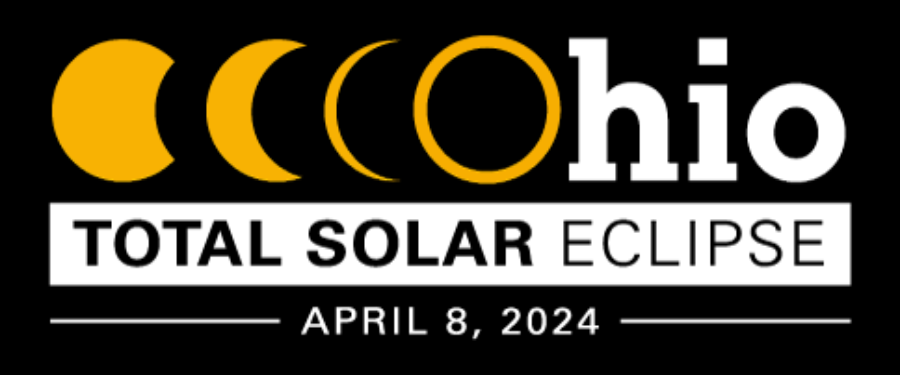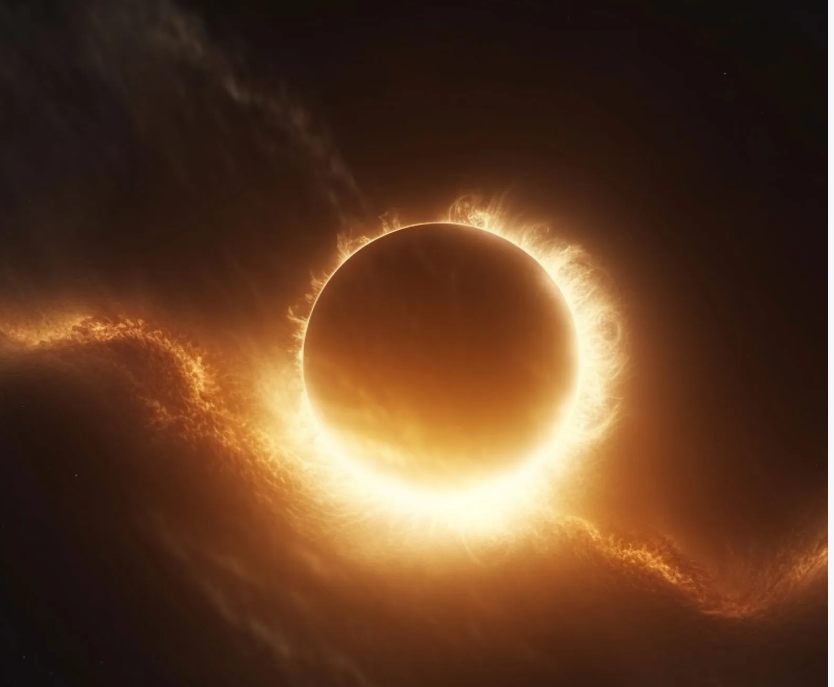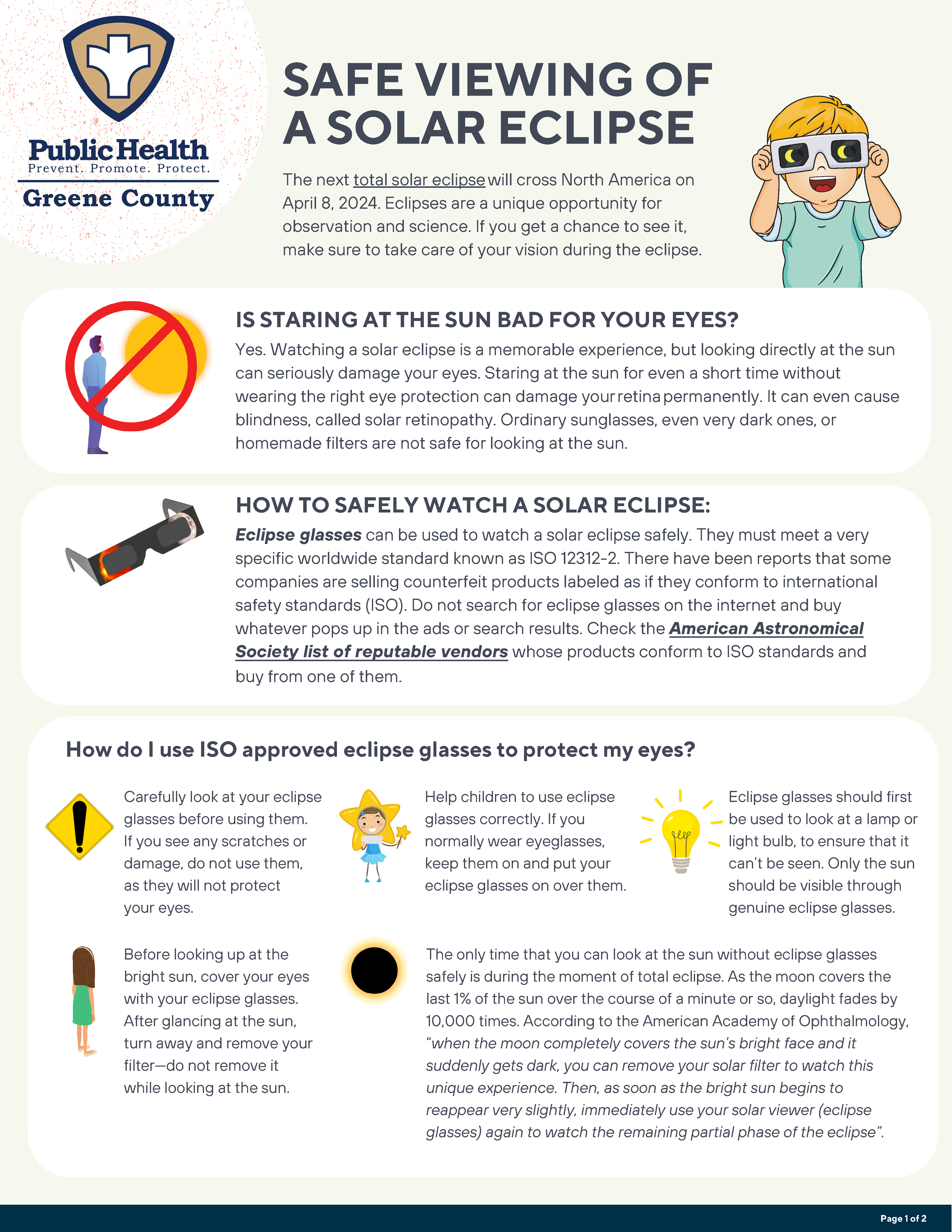| Ohio Total Solar Eclipse | |||||
Total Eclipse April 8, 2024A solar eclipse occurs when the Moon passes between the Earth and the Sun, blocking all or part of the Sun's light. This celestial event can only happen during a new moon when the Sun and the Moon are in conjunction as observed from Earth. |
|
||||
|
A solar eclipse occurs when the Moon passes between the Earth and the Sun, blocking all or part of the Sun's light. This celestial event can only happen during a new moon when the Sun and the Moon are in conjunction as observed from Earth. There are three main types of solar eclipses:
It's important to note that looking directly at the Sun, even during an eclipse, can cause serious eye damage or blindness. Special protective eyewear or indirect viewing methods, such as pinhole projectors, should be used to safely observe a solar eclipse. |
|
||||
|
|||||



